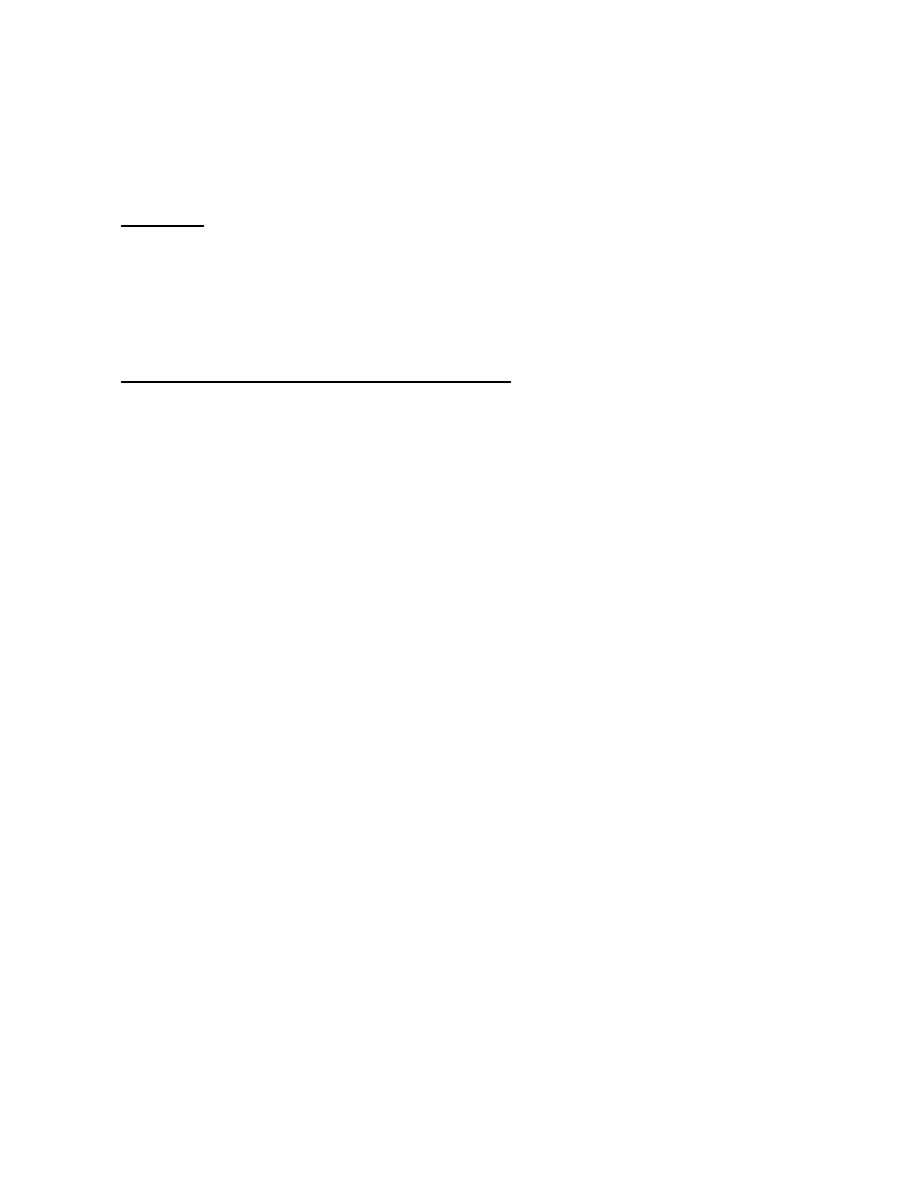
| Tweet |

Custom Search
|
|

|
||
 TB 55-1900-201-45/1
inverted angles or T bars. In the case of flat bar longitudinals, the strength of the combined deck plate and longitudinal is
critical in compression. Consequently, not more than 20% corrosion allowance should be permitted. Additionally, flat bar
longitudinals should be faired or replaced if they are distorted or buckled to any degree. In the case of river tank barges
not carrying any deck cargo, general deterioration of deck longitudinals up to 40% may be accepted. Since the obvious
necessity for maintaining oil tightness does not apply to the rake ends, they tend to be neglected. This should not be
permitted since the rake ends provide the major buoyancy of the vessel and are, therefore, vital to seaworthiness.
d. Keel Plating. In recognition of local strength factors and also the additional corrosion to which keel plates are
subject as a result of being unavailable for painting when sitting on keel blocks in drydock, keel plating is normally of
greater thickness than the balance of the bottom plating. Taking account of the fact that a large part of this extra thick-
ness may be regarded as an additional corrosion allowance, it is generally satisfactory to defer the re- placement of keel
plating until the wastage is more than would other- wise be considered acceptable. In determining the amount of such
extension, consideration should be given to the condition of adjacent strakes and provided it is not buckled or otherwise
damaged. If the adjacent plating is wasted so as to require replacement, it is generally wise to replace the keel plating
even though it may be wasted no more than 25% of its thickness.
e. Bottom Plating, Inner Bottom Plating and Bottom Internals
(1) The bottom plating complements the deck plating as the lower flange of the hull girder. As well as sus-
taining a major portion of the hull bending moment, it is subject to increased stress due to water pressure. Its strength
may be reduced either by general or localized corrosion and by buckling. In view of the prime importance of this plating,
the maximum average reduction in thickness to be permitted in the midships half-length is 20%. If the wastage exceeds
this amount, the plating should be renewed. If after consideration of the bottom shell plating with regard to the main lon-
gitudinal strength there should remain local areas or plates requiring attention, these may be dealt with on the basis of a
maximum average wastage of 25% from original, provided the plates and supporting structure are otherwise in satisfac-
tory condition. Welded butts which exhibit excessive wastage (grooving) as compared to the balance of the plate should
be rewelded after removing bad metal.
(2) Joggled lapped seams and butts are particularly prone to excessive local deterioration because of the
flexing which may take place at such joints and because they provide a pocket in which corrosion may develop. When
inspecting plate containing joggled lapped joints, it is important to check the condition of the joint itself and particularly
the plate thickness in way of the joggle.
2-5
|
||
 |
||